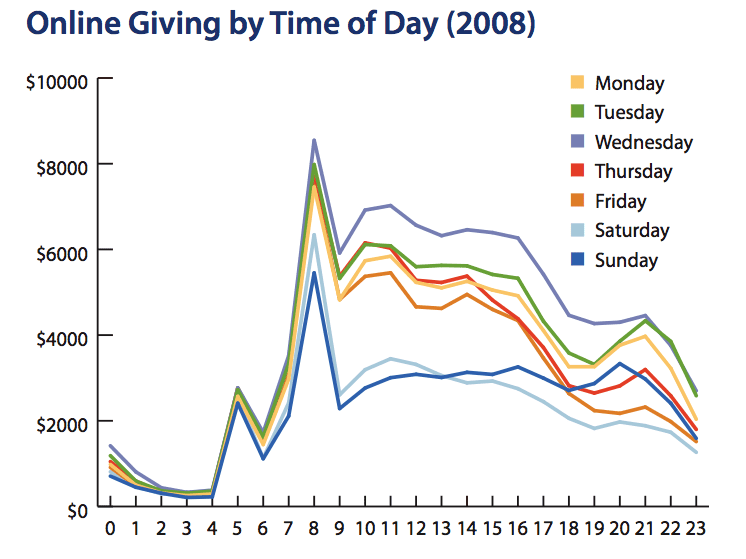Online donors are old-fashioned too
A particularly interesting report has just been published by Network for Good andTruesense Marketing.
It looks at online giving in the US. It's a massive study that covers $381 million in online giving through Network for Good's platform including 3.6 million gifts to 66,470 different nonprofits from 2003-2009.
But rather than recounting list after list of statistics, the paper is actually about the online relationship that charities have with donors. And every page says pretty much the same thing:
The better the relationship, the more a donor is likely to give.
It's as simple as that.
The paper is packed full of evidence that shows just how important builing an emotional connection is. Take, for example, the impact of giving directly through charity sites, giving portals and social networking sites like Facebook charity pages from Causes. The study shows:
- Portal donors gave smaller average gifts (25.1% lower) than website donors.
- While 10.2% of charity website donors were still giving on the third year, only 8.3% of portal donors were still giving – which is a difference of the best part of 20%.
- Social networking sites tend to generate the lowest value gifts. As the paper suggests, donors give through social sites because of a relationship with a friend rather than the charity or because it is convenient when they are in a receptive frame of mind.
As you might suspect, most donations are made in December and at times of disaster. What is amazing is just how many gifts are made on the 30th and 31st of december – 22% of all online giving in a year is made on the last two days of December.
This demonstrates how important tax is as a motivation behind giving (the 31st marks the end of the US tax year) as it dwarfs the peaks seen in the run up to Christmas.
It interesting to note that donors who give in December have a three-year cumulative value that's 51.8% higher than donors in the other 11 months of the year – perhaps because they are simply repeat giving to favoured charities each year when time is at a premium in the few hours before the tax year closes.
The paper also includes loads of other interesting nuggets of information, like this chart that shows online giving by time of day from 2008. It seems to me that the morning mail (both traditional and electronic) is a pretty powerful driver for getting people online.
It's a tremendous study and well worth reading. You can download the paper by clicking here (registration required). Though it is a report on the US market, a very large part is directly transferrable to what's happening in the UK.
Thanks for the heads up to The Agitator.
Tags In
The Essentials

Crack the Code to Regular Giving: Insights, Strategies, and a Special Giveaway!

‘Tis Halloween. Keep to the light and beware the Four Fundraisers of the Apocalypse!

Why do people give? The Donor Participation Project with Louis Diez.

A guide to fundraising on the back of a postcard

What does the latest research tell us about the state of fundraising?






